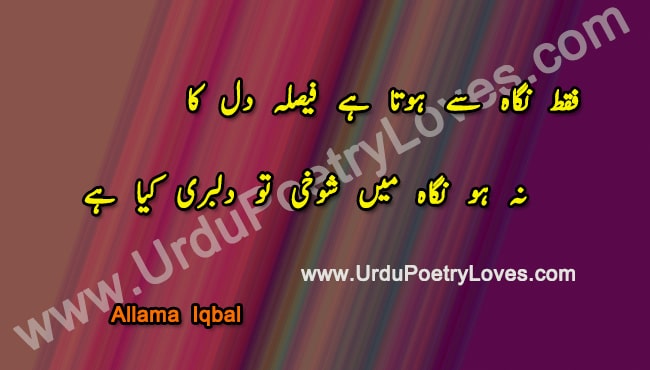
It is this wider sense of liberty that allows Ghalib to say that “Ghulaam-e-Saaqi-e-Kausar hoon, mujh ko gham kya hai”. Poets have presented their ideas and expressed their emotions in Naat, an Arabic word that literally means praise but has practically been a popular medium of sharing thoughts about and feelings for the Holy Prophet. So here comes Naat as an effective medium to let one transport their salutations and spiritually communicate with the Prophet.īut Naat also has its profound significance in our culture and tradition beyond the question of religion or righteousness. Since the recitation of Durood – salutation upon the Prophet Muhammad (pbuh) – comes as a direct order from Allah in the Holy Quran, it becomes a part and parcel of a practising Muslim’s to find means to have a spiritual connection with the Holy Prophet. Roughly translating to: If you show faithfulness toward Muhammad, then We are yours.

It is this underpinning theory that makes Iqbal end his marvellous poem Jawab-e-Shikwah with this couplet where God tells the people that “Ki Muhammad Se Wafa Toone To Hum Tere Hain”.

That sense of attachment and reverence is so deep and powerful that it emotionally defines the Muslim identity and provides the building blocks for Islamic ideology. Unconditional love and uncompromised respect for the Holy Prophet (peace be upon him) is the most defining element of the Muslim psyche.


 0 kommentar(er)
0 kommentar(er)
